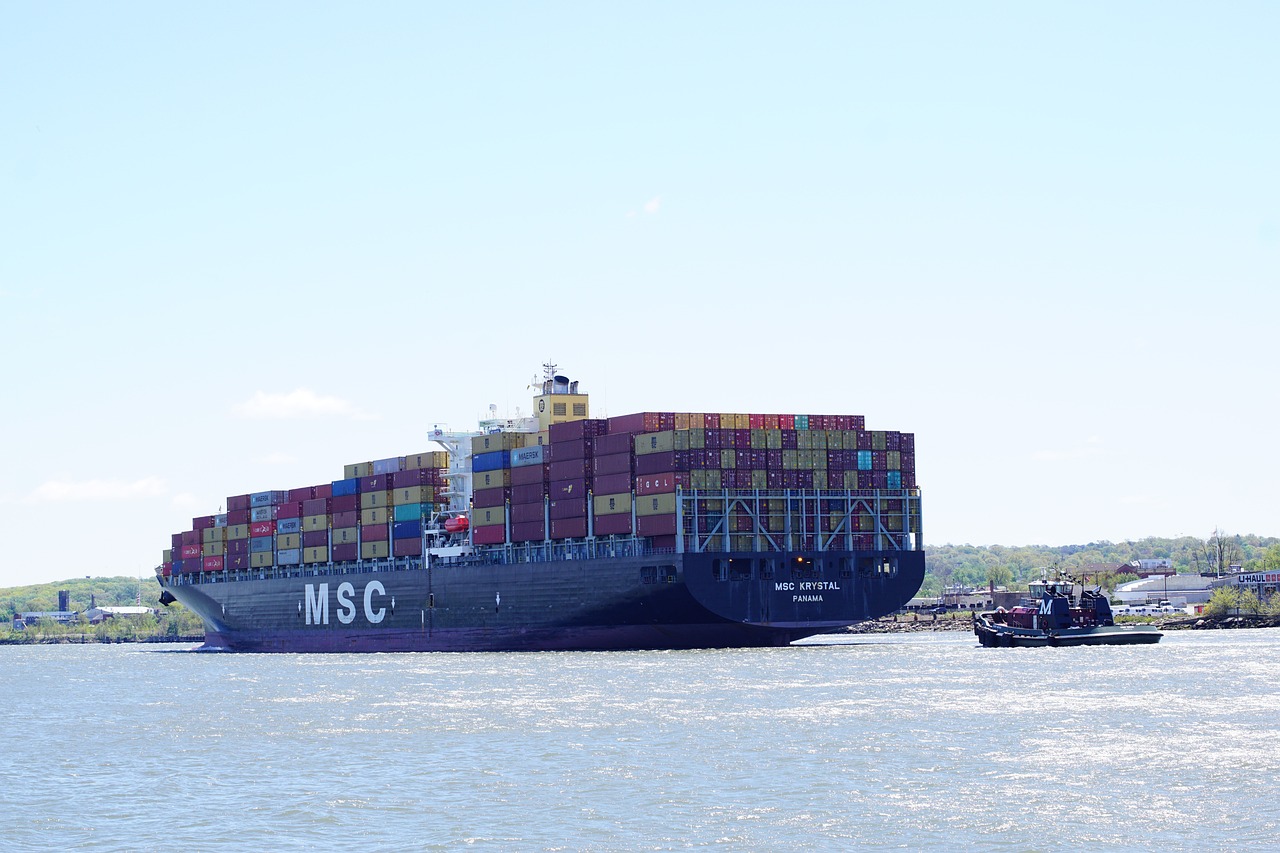
Direct Return of Imported Goods: The "Regret Pill" Every Foreign Trade Professional Must Master
In international trade practice, the direct return of imported goods acts like a "regret medicine," giving enterprises the opportunity to correct mistakes after goods arrive at the border but before customs clearance. Based on my 20 years of experience in foreign trade, approximately 15% of import transactions encounter situations requiring return shipments. Mastering this policy can help businesses save significant time and costs.
Under what circumstances can direct return shipment be applied for?
According to the Customs Direct Return Shipment Management Measures for Imported Goods, the following 5 scenarios are eligible for processing:
- Policy Adjustment: Changes in national trade management policies resulting in inability to provide relevant documents
- Misdelivery or Misunloading: Goods that were misdelivered, misunloaded, or over-unloaded with written proof from the shipper or carrier
- Negotiated Return Shipment: Goods returned upon mutual agreement between buyer and seller with a written return agreement
- Trade Dispute: With valid court judgments, arbitration decisions, or proof of goods ownership
- Defective Goods: Damaged orInspection of vaccinesnon-compliant goods with relevant proof provided
Differences Between Direct Return Shipment and General Return Shipment
Many foreign trade beginners easily confuse these two concepts:
- Timeline milestones: Direct return shipment occurs before customs release, while general return happens after release
- Procedure Complexity: Direct return process is simpler and generally exempt from taxes/fees
- scope of application: Transit goods after release at entry customs do not qualify for direct return
5 Steps to Complete the Entire Direct Return Shipment Process
According to the latest customs regulations, the process has been fully digitized:
- Online Application: Submit the "Direct Return Application for Imported Goods" and relevant supporting documents through the "Internet + Customs" platform.
- Customs audit: Typically completed within 5 working days, extendable for special cases
- Procedure Handling: Declared goods require cancellation of original customs declaration before return declaration
- Associated Declaration: First declare export customs form, then fill export form number in import forms association field
- Actual Return Shipment: Should generally be returned through original entry port, exceptions require customs approval
Special Precautions
- Time Requirements: For customs-ordered returns, procedures must be completed within 30 days of notice receipt
- Document Preparation: Original documents like contracts, invoices, packing lists must be complete and authentic
- Transportation Arrangements: Changing return port or transportation method requires prior customs approval
- Cost Estimation: While customs doesnt charge fees, third-party costs like storage and transportation apply
Practical experience sharing
Last year I handled a typical case: An enterprises imported electromechanical products couldnt clear customs due to new energy efficiency standards. We:
- Immediately contacted foreign supplier for return consent letter
- Collected official documents on national energy standard revisions
- Completed all electronic applications within 72 hours
- Coordinated logistics company to retain original container for direct return
Ultimately saved the enterprise approximately 200,000 yuan in demurrage fees and tax losses
Frequently Asked Questions
Q: Are tariffs required for direct return?
A: Generally no tax for unreleased goods, but already paid taxes need refund application per regulations
Q: Do returned goods require inspection?
A: Depends on product type - special commodities like animal/plant products still need exit inspection/quarantine
Q: Can returned goods be re-imported?
A: Yes, but must ensure the return-causing issue is resolved and declare as new import business
Mastering direct return of imported goods is like fastening a seatbelt for foreign trade. Enterprises should establish emergency plans and maintain good customs communication for quick response to minimize losses


 Follow Customer Service WeChat
Follow Customer Service WeChat